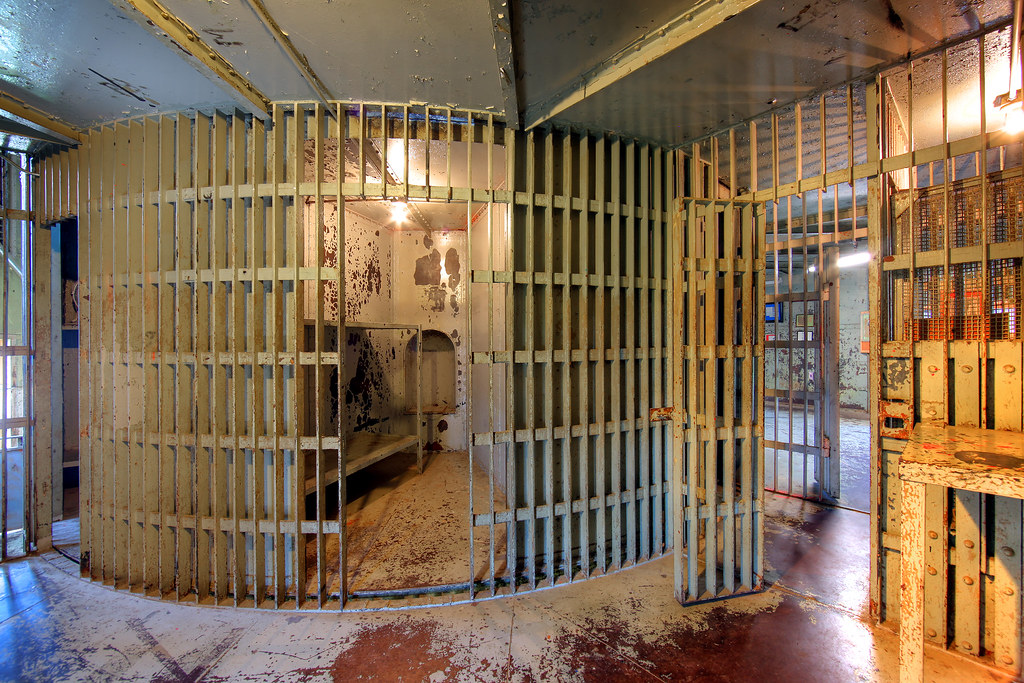Some problems require ingenious solutions. The rotary jail was not one of them.
Designed by two American engineers, William H. Brown and Benjamin F. Haugh, the system consisted of a cylindrical cell block divided into several sectors, each functioning as individual cells. This was surrounded by a circular iron cage with only one opening. The entire block was mounted on a central column such that it could be rotated while the cage remained stationary, allowing prisoners to enter or leave a cell only when their cell was spun to align with the opening. The idea was to, in the words of Brown and Haugh, ”produce a jail or prison in which prisoners can be controlled without the necessity of personal contact between them and the jailer or guard.” Why Brown and Haugh went the convoluted route and chose to rotate the cells instead of the circular cage, is a mystery.

Nevertheless, the design was widely adopted, and the first rotary jail was built in Crawfordsville, Indiana, in 1882. It had sixteen cells in two tiers, of eight cells each. Because escape was impossible, one man was enough to guard each tier. The system was also unusually nimble and the gears such well oiled that a single person could rotate the entire block with the help of a hand crank.
The rotary jail had other features that were unusual luxury at that time, such as a ventilation system that allowed for the free flow of air through-out the cells, heated cells during the winter, indoor plumbing and bathrooms in each cell, and flushable toilets. As many as 16 rotary jails were built all across the United States, but mostly in the midwest. They were sometimes called “Squirrel Cage Jail”.
The rotary jails had many design problems. For example, in the event of fire, it was not possible to evacuate the inmates fast enough as only one cell could be opened at a time. Although there are no records of such a tragedy, limb injuries were routine where prisoners’ arms and legs were caught between the bars during the revolving of the cylinder. This and other mechanical problems spelled doom for rotary jails, and by the 1930s, nearly all of them were torn down.
Only four rotary jails currently stand, and only the Montgomery County Jail and Sheriff's Residence, in Crawfordsville, still rotates. All of them are now museums.

View of the supporting column underneath the cell blocks. Photo credit: Library of Congress















Comments
Post a Comment